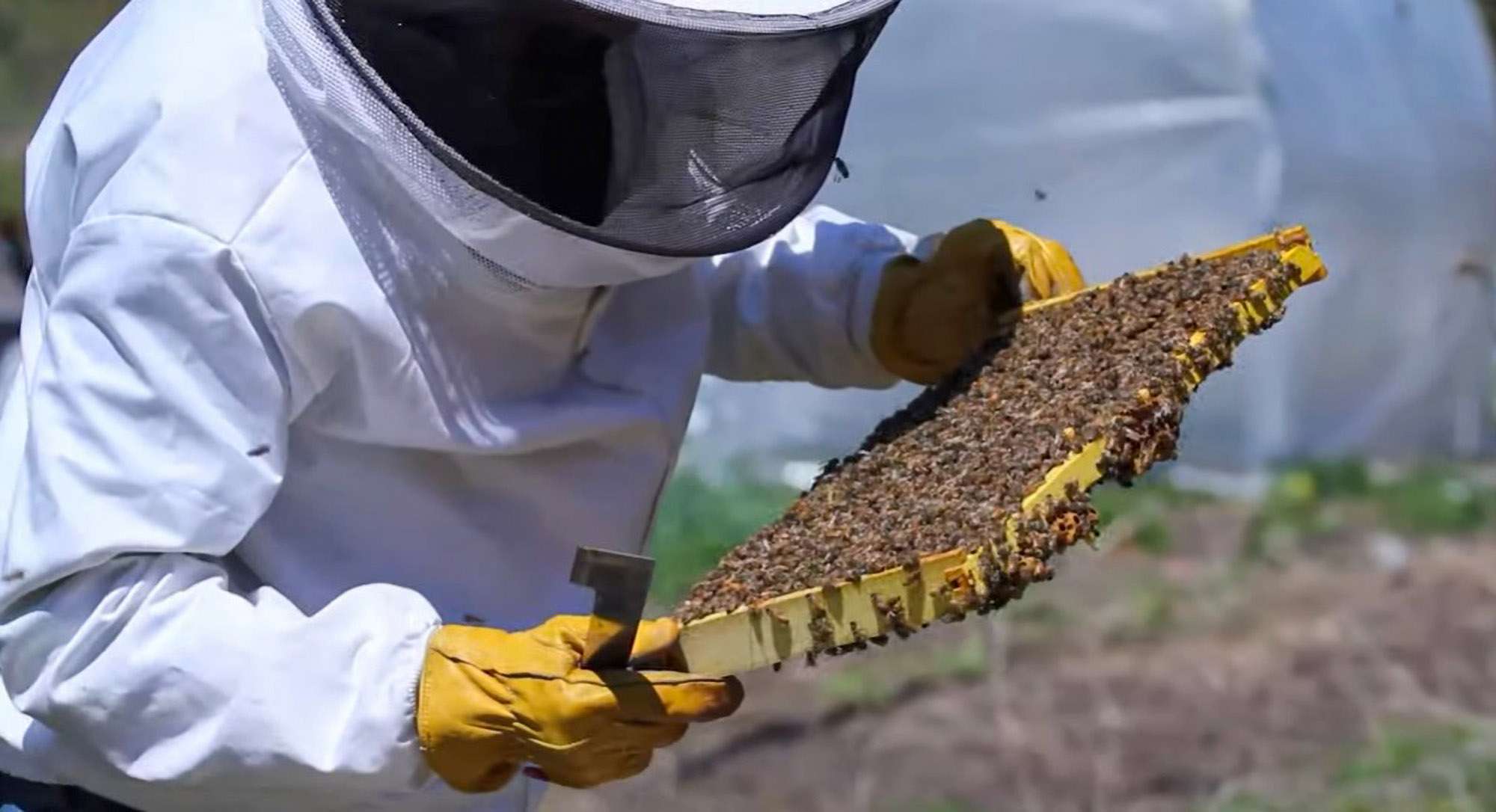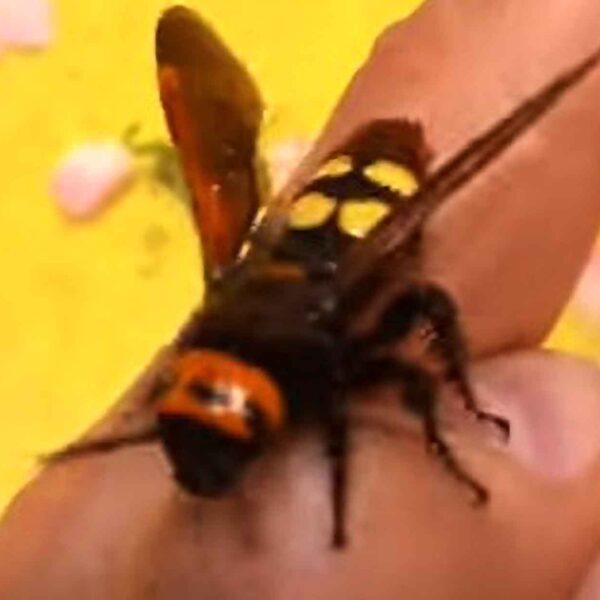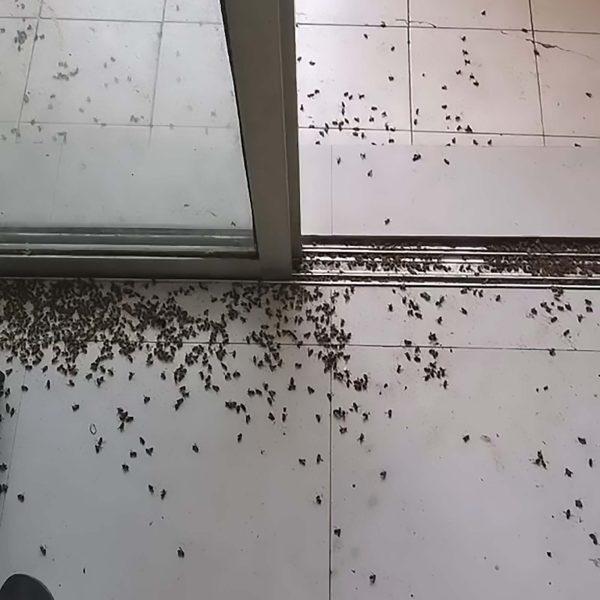The debris accumulated in city-centre hives could help to find out more about urban microorganisms, according to researchers in New York City.
Cities may have been created for human habitation. However, these areas also host an enormous range of other living species.
Increasing scientific knowledge of urban microbiomes could help to ensure the well-being of bees as well as humans.
Scientists at the New York University Tandon School of Engineering gathered 33 samples from the bottom of hives located in New York, Venice in Italy, the Japanese capital Tokyo and the Australian cities of Sydney and Melbourne.
The genetic data of Venetian hive debris was dominated by wood rot fungi and date palm DNA. Most of the buildings in the ancient city centre of Venice rest on wooden piles submerged in the Adriatic.

In hives situated in Tokyo, the scientists detected genetic traces of soy sauce fermenting yeast.
Meanwhile, hives in Melbourne featured the DNA of eucalyptus which is very common in Australia.
In several hives in different cities, the experts also detected genetic material for Rickettsia felis, a pathogen that causes cat-flea typhus in humans. The disease is commonly known as cat scratch fever.
Furthermore, the hive debris featured microorganisms which indicate the colonies’ condition. While some substances worked as evidence of a healthy hive, the researchers also detected pathogens like the Varroa destructor, a feared parasite.
Dr Elizabeth Henaff is an assistant professor at Tandon School’s Technology, Culture and Society Department.
The computational biologist – who co-authored the study – is quoted by The Independent as saying: “For those of us who live in cities – which is more than half of the global population at this point – it is important to be able to characterise the microbiomes of the cities that we live in, work in, and sleep in.”
The Tandon School of Engineering research group emphasised that foraging bees were covering a two-mile (3.2-kilometre) radius.
They expressed confidence that their method “can be used for human pathogen surveillance.”











